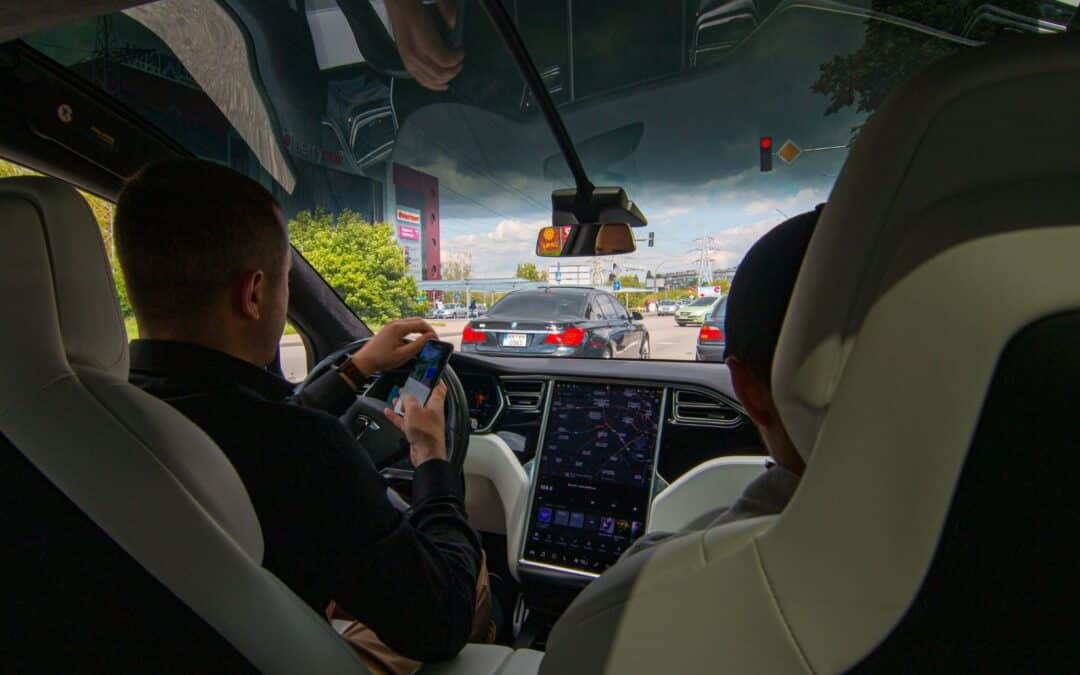Autonomous vehicles promise to revolutionize travel, potentially reducing motor vehicle accidents. However, when accidents occur, questions about liability arise. In Chicago, personal injury laws must navigate the complex interplay between human error and machine error.
(Understanding Autonomous Vehicles and Personal Injury Risks on the Highways)
Understanding Autonomous Vehicles
Autonomous vehicles rely on sophisticated software and sensors to navigate roads. To grasp the complexity of liability, it’s essential to understand the six levels of autonomy:
Autonomous vehicles progress from Level 0 (no automation) to Level 5 (full automation), with increasing levels of independence. Levels 1-3 require human intervention, while Levels 4-5 operate independently.
Human Error in Autonomous Accidents
Human error contributes to accidents in various ways.
Driver negligence remains a significant factor, including reckless or irresponsible behavior like speeding or texting while driving. Manufacturers can also be liable for design flaws, inadequate testing, or insufficient quality control. Maintenance issues, such as failing to update software or replace worn-out parts, can also contribute to accidents.
External factors like weather conditions, road design, or pedestrian actions can also play a role. For instance, poor road maintenance or sudden pedestrian actions can contribute to accidents involving autonomous vehicles.
Machine Error in Autonomous Accidents
Machine error encompasses software glitches, sensor malfunctions, and system failures.
Software glitches occur when coding flaws or algorithmic mistakes affect vehicle performance, leading to incorrect decisions or system failures. Sensor malfunctions, such as faulty cameras or radar sensors, disrupt data flow and impair decision-making.
System failures, including power outages or communication breakdowns, can cause vehicle malfunction or loss of control.
Liability in Autonomous Accidents
Determining liability involves complex considerations.
Product liability holds manufacturers accountable for design defects, manufacturing defects, or failure to warn. Negligence applies to drivers, passengers, or pedestrians who engage in reckless behavior or neglect maintenance.
Chicago’s comparative negligence laws allocate liability based on fault percentage. Modified comparative negligence reduces damages proportionally to fault percentage.
Real-World Examples
Recent cases illustrate the complexities:
- The 2018 Uber accident highlighted software failure leading to pedestrian fatality.
- Tesla Autopilot accidents raised questions about system reliability.
- In 2020, a fatal motor vehicle accident involving a Tesla Model 3 in California sparked debate over Autopilot’s limitations and driver monitoring.
Conclusion
Autonomous accidents raise critical questions about liability. As Chicago personal injury laws evolve, understanding human error and machine error interplay is crucial. Victims of autonomous vehicle accidents should consult experienced attorneys.
If you’re looking for an experienced Chicago personal injury lawyer to help navigate your personal injury claim, we will fight assiduously for your right to the compensation you deserve. Call Bizzieri Law Offices at 773.881.9000. The case evaluation is free, and we never charge a fee unless we recover damages for you.

